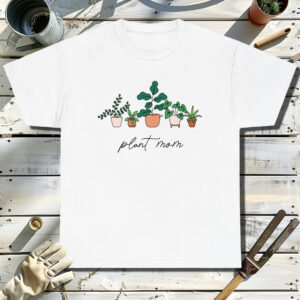Table of contents
Indian kale

Latin Name: Xanthosoma lindenii
Category: Foliage plant
Family: Araceae
Origin: Colombia
Climate: Tropical
Growing Zones: 11-10
Care Instructions
The Indian kale (Xanthosoma lindenii) is a tropical plant that originates from Colombia. This foliage plant plant belongs to the Araceae family and is well-suited for growing in USDA zones 11-10.
Complete Care Guide for Indian Kale (Xanthosoma lindenii)
Watering Requirements
Indian Kale, or Xanthosoma lindenii, thrives in consistently moist soil, making proper watering essential for its health. It is important to keep the soil evenly moist but not soggy. Water the plant when the top inch of soil feels dry to the touch, typically every 1-2 weeks, depending on the climate and season. During hotter months, you may need to increase the frequency of watering. Ensure that the pot or garden bed has good drainage to prevent waterlogging, which can lead to root rot. In winter, reduce watering slightly as the plant’s growth slows down, but do not allow the soil to dry out completely.
Light Conditions
Indian Kale prefers bright, indirect light, making it ideal for placement near a window with filtered sunlight. Direct sunlight can scorch the leaves, so it’s best to avoid placing it in full sun for extended periods. If grown outdoors, consider a location that receives dappled sunlight or partial shade, especially during the hottest part of the day. While it can tolerate lower light conditions, insufficient light may result in leggy growth and reduced leaf vibrancy. For optimal growth, aim for at least 6 hours of indirect light daily.
Soil Preferences
Indian Kale thrives in rich, well-draining soil that retains moisture without becoming waterlogged. A potting mix that includes organic matter, such as compost or peat moss, is ideal. The pH level should be slightly acidic to neutral, around 5.5 to 7.0. To enhance soil fertility, consider adding a balanced, slow-release fertilizer during the growing season, typically in spring and summer. Regularly check the soil for compaction and aerate if necessary to promote healthy root growth. If growing in containers, ensure that the pots have drainage holes to prevent excess moisture buildup.
Pests and Diseases
Indian Kale can be susceptible to a variety of pests and diseases. Common pests include aphids, spider mites, and mealybugs. Regularly inspect the undersides of leaves for signs of infestation. If you notice pests, treat them promptly with insecticidal soap or neem oil, ensuring to cover all leaf surfaces. Additionally, watch for signs of fungal diseases such as leaf spot or root rot, which can occur in overly moist conditions. To prevent these issues, ensure proper air circulation around the plant and avoid overhead watering. If disease occurs, remove affected leaves and adjust care practices accordingly.
Special Care Tips
To keep your Indian Kale healthy and thriving, consider the following special care tips: First, regularly wipe the leaves with a damp cloth to remove dust and improve photosynthesis. This also helps in early detection of pests. Second, during the growing season, you can boost growth by applying a liquid fertilizer every 4-6 weeks. Third, if you notice the plant becoming too large for its pot, consider repotting it into a larger container to allow for continued growth. Lastly, Indian Kale can be sensitive to cold temperatures, so if you live in a cooler climate, bring the plant indoors during winter or provide adequate protection. By following these care tips, you can enjoy the lush foliage and unique beauty of Indian Kale in your home or garden.









